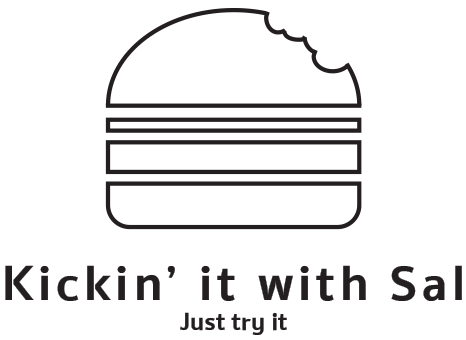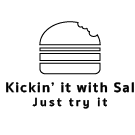Jump to Recipe
I truly believe that Egyptian food is not getting the recognition it deserves, and I’ve expressed this sentiment multiple times. One thing that puzzles me is the greater demand for chickpea-based falafel compared to fava bean-based falafel.
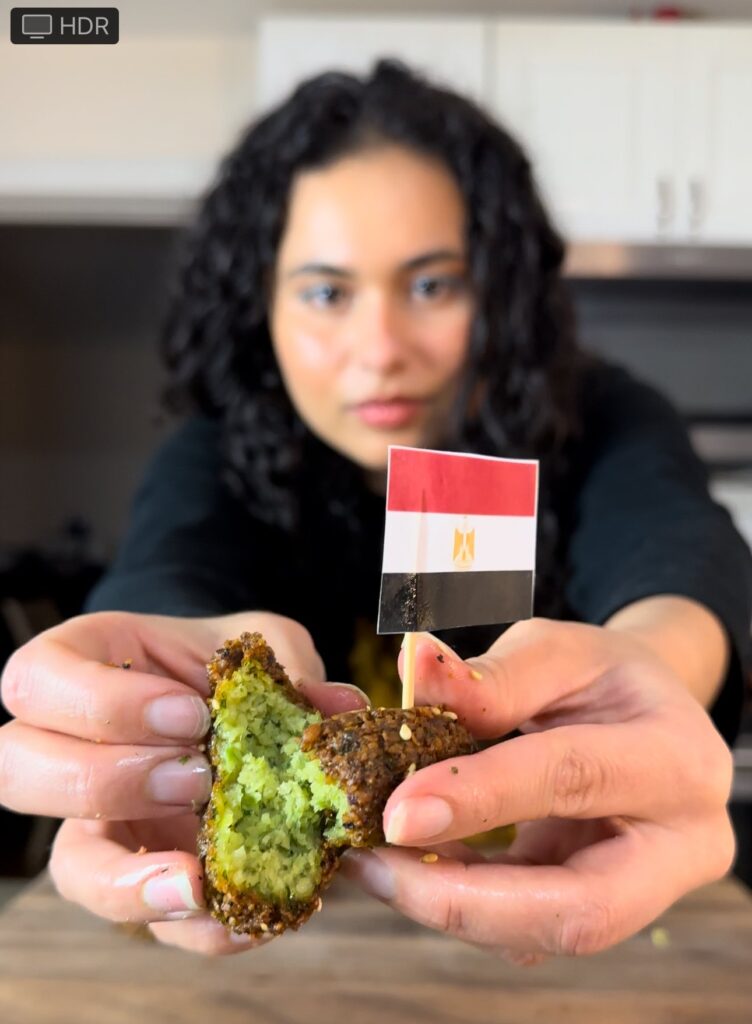
The texture of Egyptian Ta’ameya, the fava bean-based falafel, is superior than chickpea falafel. It’s softer, greener, and doesn’t have that chalky sensation in the back of your throat that often comes with chickpea-based falafel. However, I take pride in making a fantastic chickpea falafel to overcome that common texture issue.
The popularity of different falafel variations can be attributed to regional preferences and cultural traditions. While chickpea-based falafel dominates in most of the world, the Egyptian-style falafel made with fava beans might not be as well-known globally. Variances in taste and texture preferences, coupled with ingredient availability, contribute to the popularity of chickpeas. I also think it could be due to the fact that many Lebanese diaspora have marketed their cuisine around the world very well.
Some individuals are drawn to the nutty flavor of fava beans, while others appreciate the consistency of chickpeas. Ultimately, it boils down to personal taste, and both styles boast their own distinctive appeal.
What is Egyptian Ta’ameya?
Egyptian-style Ta’ameya typically incorporates fava beans, along with herbs like parsley and cilantro, and spices such as cumin and coriander. The mixture is often deep-fried to achieve a crispy exterior. It’s best enjoyed with tahini sauce or tucked into a warm pita!
Ta’ameya vs Falafel Food Feuds
Food Feuds is a series where we rate similar dishes from different countries to figure out who makes it better. Check out my review rating Lebanese style falafel vs Egyptian style Ta’ameya.
Whenever I eat falafel at a local fast food joint, I often find that the Lebanese-style falafel tends to be dry and chalky. However, my Lebanese Falafel recipe addresses that concern by introducing more moisture through the incorporation of herbs into the chickpea mixture. This not only alleviates the dry texture but also results in a significantly fluffy and softer falafel.
It is said that Ta’ameya has traces to Ancient Egypt and might be the true original falafel. Egyptians take pride in their falafel as it is a common and affordable breakfast staple. During my visit to Egypt last year, I approached a local street vendor and offered to assist in making falafel. Using a large granite stone, akin to the size of the largest mortar and pestle, I mixed the falafel ingredients. The process resembled an ancient method, reminiscent of Ancient Egypt, showcasing a very traditional way of preparing ta’ameya.
Ta’ameya has a different texture compared to falafel and you can read more about it in my Food Feuds Review or you can check out the video!
Time: 1 and 1/2 hours including soaking fava beans for 24 hours
Ingredients:
- 8 oz of Fava Beans
- 1/2 Leek
- 1 small onion
- 1 cup of Parsley or half bunch (stems cut)
- 1 Cup of Cilantro or half bunch
- 2-3 Whole Garlic Cloves
- 1 tablespoon of Coriander
- 1 tablespoon of Cumin
- 3 tablespoons of seasme seeds
- 1/2 Tablespoon of Baking Powder
- Canola Oil for Frying
- Salt and Pepper to Taste
Directions:
You can eyeball these ingredients if you would like. Some people like less onions and leeks but I like a lot. This mixture should turn bright green and should be really fluffy. You might need to split up the batch if you don’t have a large enough food processor.
- Soak the fava beans for 20-24 hours. You might need to add more water during the 24 hour period if your water gets low.
- After soaking, the Fava beans should be softer. Drain the fava beans.
- You can add all the ingredients listed above except for the baking powder and blend it; however; your food processor may get jammed.
- In this case, I recommend to mix all the spices, herbs, and veggies (leek, onion, parsley, cilantro, garlic). Keep all remaining juices and add it to a seperate bowl. Then blend the fava beans seperately in the food processor. After the fava beens are processed, add in the spice, herbs and veggie mixture with the fava beans until smooth and fluffy.
- The ta’ameya should turn a bright green color. Transfer to a mixing bowl.
- Let the ta’ameya sit in the fridge for at least an hour. (optional but recommended for best consistancy)
- Now add the baking powder to the ta’ameya mixture and stir it in with a fork.
- Roll into little ball shapes or pattys.
- Add the seasame to the top of the ta’ameya balls
- Fry it up in some oil
- Serve with pita and tahina. Enjoy!
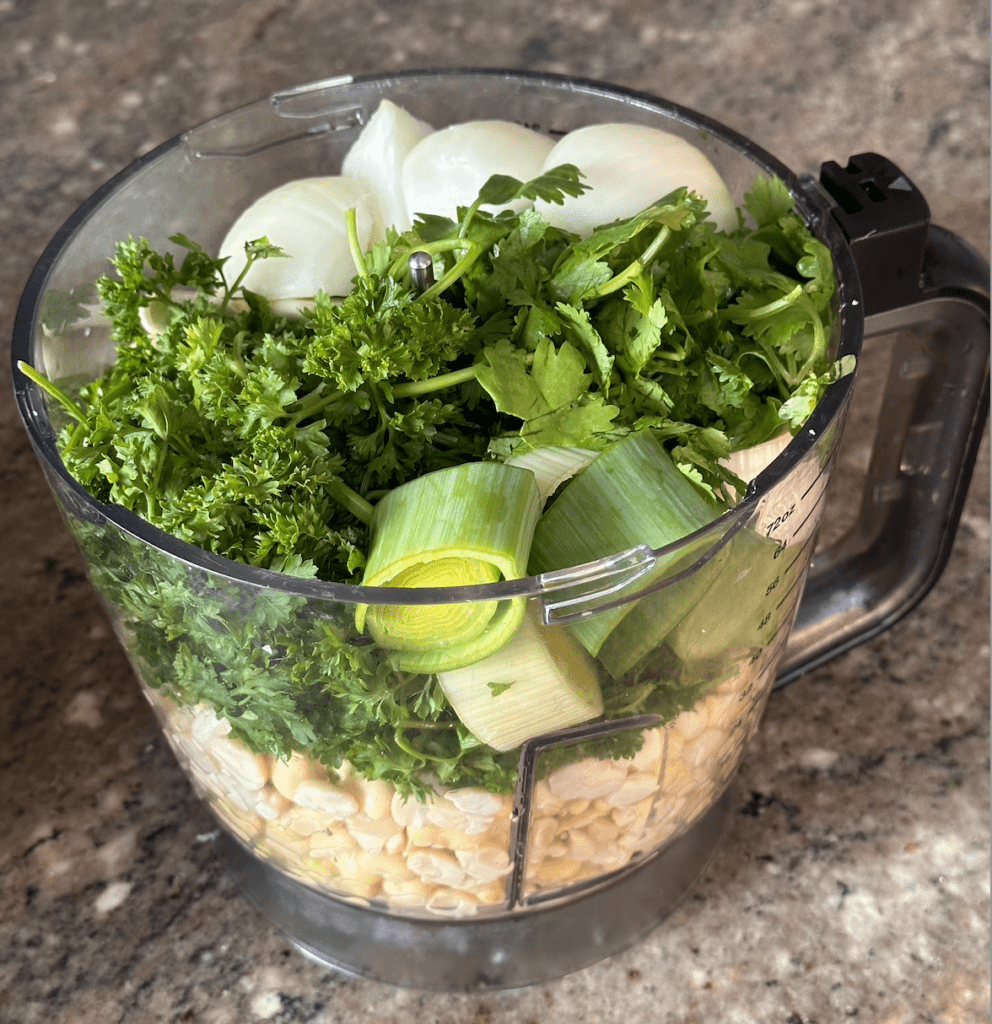
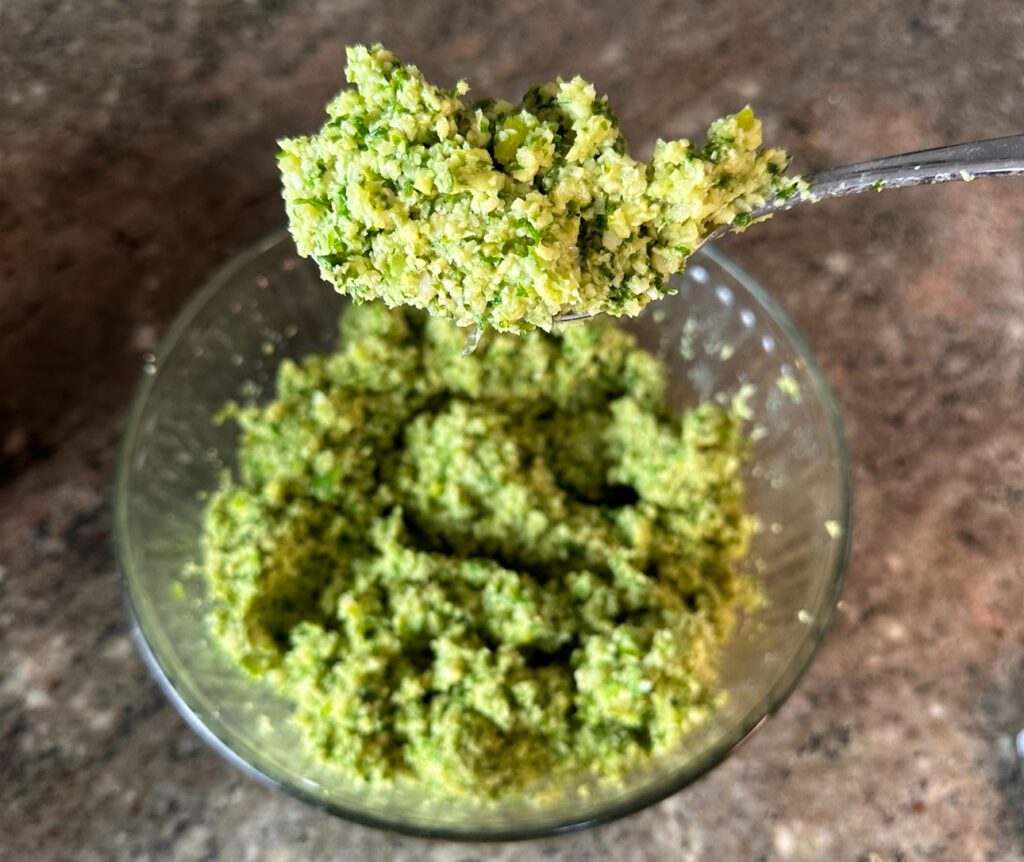
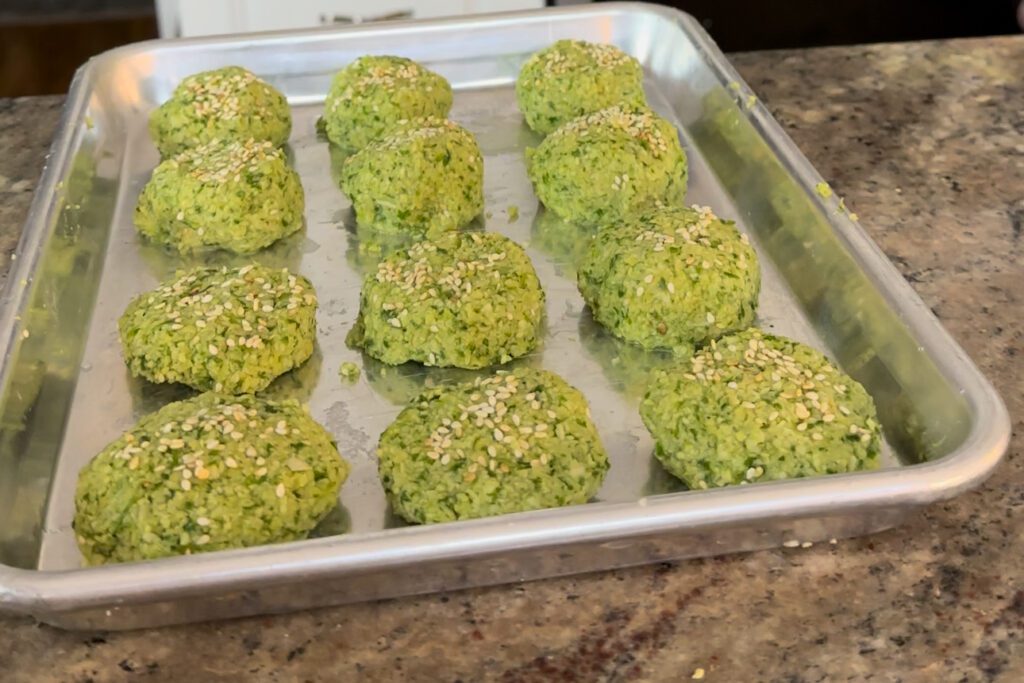


Egyptian Ta’ameya
Ingredients
- 8-10 oz Dried Fava Beans Soaked overnight for 20 hours. You may need to replace the water.
- 1/2 Leek
- 1 Small Onion
- 1 cup Parsley Half of the bundle
- 1 cup Cilantro Half of the bundle
- 2-3 Cloves of Garlic
- 1 tbsp Cumin
- 1 tbsp Coriander
- 3 tbsp Sesame Seeds
- 1/2 Baking Powder
- Canola Oil for Frying
Instructions
- Soak the fava beans for 20-24 hours. You might need to add more water during the 24 hour period if your water gets low
- After soaking, the Fava beans should be softer. Drain the fava beans
- You can add all the ingredients listed above except for the baking powder and blend it; however; your food processor may get jammed. **Note 2
- The ta’ameya should turn a bright green color. Transfer to a mixing bowl
- Let the ta’ameya sit in the fridge for at least an hour. (optional but recommended for best consistancy)
- Now add the baking powder to the ta’ameya mixture and stir it in with a fork
- Roll into little ball shapes or patties
- Add the sesame to the top of the ta’ameya ball
- Fry it up in some oil
- Serve with warm pita and tahina
